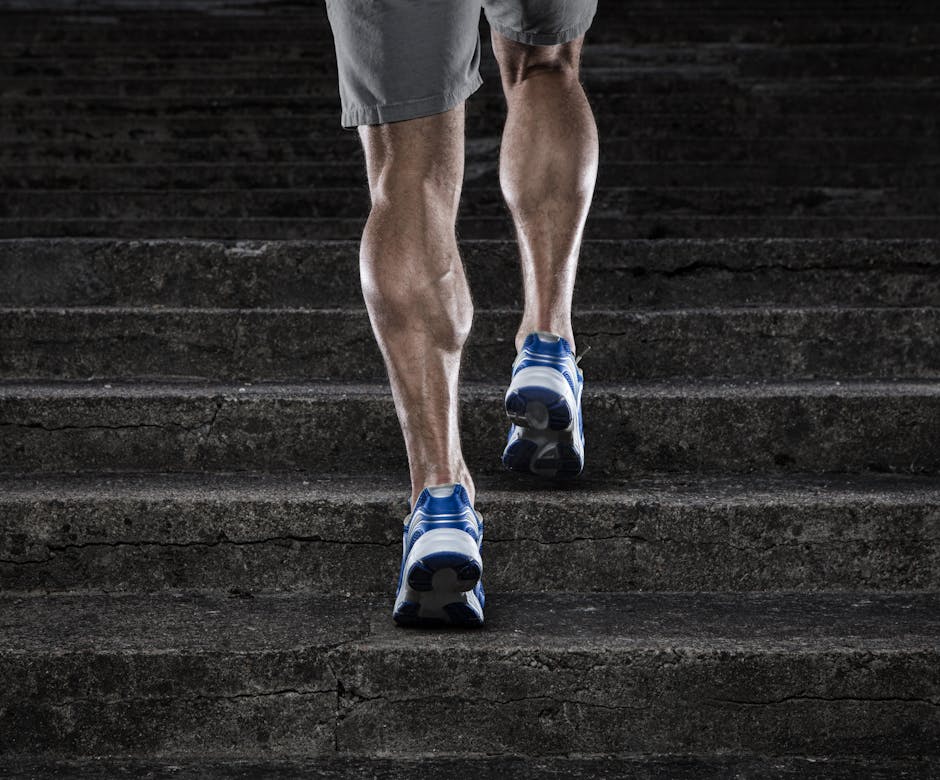Why Alternating Between Running Shoes is Beneficial

Do you run regularly? Have you heard that by alternating between multiple pairs of trainers you reduce your risk of injury?
Why do I need swap between shoes if I'm a runner? Isn't that a bit expensive and unnecessary?
It is often suggested that the reason for swapping between shoes is so the cushioning in your shoe can “rest” between runs -- this is NOT correct. This belief was debunked in the mid 1980’s when researchers found that once compressed, the foam in a shoe will NOT recover, no matter how long you rest it!
More recently, a research team in Luxembourg studied runners and found that those who rotated among several pairs of shoes during a 22-week period had 39% lower risk of running injury than those who almost always ran in the same shoes. It was surmised that because different shoes distribute the impact forces of running differently, this lessened the strain on their tissues. Factors such as the height, firmness and weight of the midsole of the shoe can create differences in stride length as well as ground reaction time, therfore reducing the risk of a repetitive injury, also known as an overuse injury.
So What Does This Mean For Me?
For daily runners, alternating between your shoes can reduce pressure from internal and external forces, thus reducing the chance of having an overuse injury like Achilles tendonitis and shin splints!
What Else Can I Do to Prevent Injury?
In the same study, it was also found that the runners who participated in other activities had a lower incidence of injury. Obviously, if you can change up the forces you apply to your body by doing a variety of activities, this will help you stay injury free. Running, in particular, is a very repetitive activity, so anything that can reduce this repetition will be beneficial for your health and make you less prone to injury.
So, Should I Get Two Pairs of The Same Shoes?
No, I wouldn’t. Why don’t you mix it up and try a few different brands and styles to suit the way you like to run. If you tend to enjoy a long run as well as multiple short runs during the week, try using a heavier, more supportive and cushioned shoe for your long run, and use a lighter shoe with less support and cushioning for your shorter runs. The possibilities are endless & is dependent on your preferences and your individual foot needs!
Just One More Thing - how long do Running Shoes Last?
Opinions vary, but the average lifespan of a running shoe is about 800 kilometres. So if you run about 15 kilometres per week, your shoes will last about a year.
This is going to vary depending on
- How much you weigh, how heavy you land and your foot type
- The surfaces you run on - road shoes will not last as long as treadmill shoes
- How often you run
- And whether or not you rotate your shoes
I hope this has been helpful in explaining why it is important to alternate between a number of shoes when running. Our goal is to prevent you from injuring yourself so that you keep on running forever! If you have run into trouble, and need some help with foot, ankle or leg issue, just give us a call, send us a message or book online for an appointment - we’d be happy to help you out :)